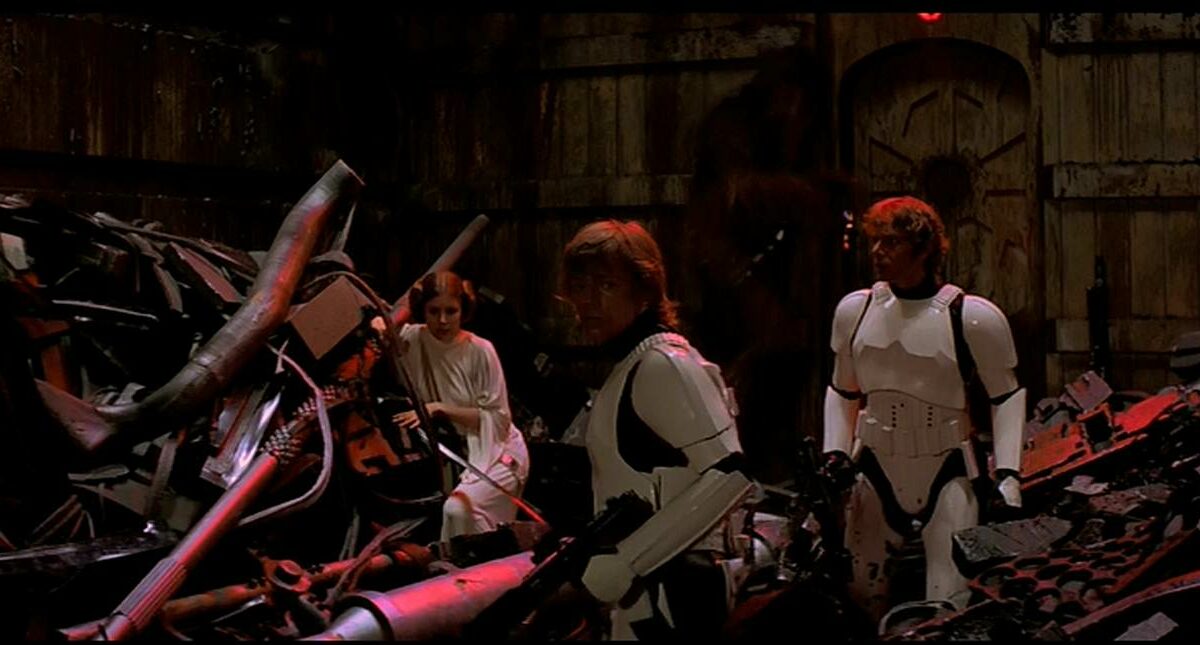You’ve probably seen this quote before, it shows up at nearly every Brand conference:
“People will forget what you said, people will forget what you did, but people will never forget how you made them feel.”
How do you make people feel?
Too often startups and entrepreneurs focus on their killer code–the disruptive ding they want to put in the universe, and completely fail on answering the simple question, How do we want to make people feel?
Sometimes this factor is unjustly relegated to Brand attitude or tonality, when in reality the emotion we create through functionality plus Brand story is one of the most important factors we can design into our build.
Think.
Within six months of launch, your product/service attributes have been cloned by a half dozen me-too’s, your secret sauce is no longer secret and within 18 months you’re practically a commodity.
Brand narrative and how people feel about your story may be your best point of differentiation.
- There are lots of mattress companies, but Casper delivers a fresh story to a sleepy category.
- There are lots of people who design fashionable eyewear — from Porsche to Calvin, but Warby Parker adds positivity and genius to a category that historically lacked insight.
- Allbirds and M. Gemi have created new micro-niches in sport and elegant shoe wear.
- Fastest-growing new brands like Tesla, Quip, Skimm, Glossier and others make us feel something that traditional aged brands do not. These fresh enterprises create strings of meaning that become imprinted not just in our brain, but on our souls.
And it’s not just about being new and lean. A report by Ocean Tomo declares that the average S&P 500 company today attains 84% of its value from intangible assets.
These intangibles include growing, feeding and nurturing the growth, engagement and care of the people within the enterprise, who form the soft tissues that surround mission and vision.
Choices are emotional. We like something or we don’t. (Yes, we might be talking brand love.)
Online eyewear retailer Warby Parker makes this point by conducting user surveys after you make a purchase or make a store visit. They email Users a survey that asks one question: would you recommend Warby Parker to a friend?
Best of all, Warby Parker pings you back and says “thank you.”
That’s the end of the survey for Warby Parker customers, but that answer is linked directly via Surveygizmo to Warby Parker’s Net Promoter Score, which lets them know if customers are happy or sad about Warby Parker support.
Best of all, Warby Parker pings you back and says “thank you.”
“We’re in the human relationships game, not the messaging game,” says David Gutelius, ceo at Motiva.ai in Palo Alto. “We have to build relationships that people value and be able to evaluate the value of an initiative at any point in time.”
Gutelius was part of the largest machine learning project in history (DARPA’S CALO), which spun out Siri and a number of other cutting-edge AI startups.
According to Gutelius, marketing (particularly advertising) could be considered as Surveillance as a Service, and therefore an extremely poor path to building trust and relationships. The attitude of customers as mass targets and commodities must be replaced.
Probably by something kinder, more human, and still on someone’s to-do list.
And it’s okay to be optimistic.
Privacy-preserving adaptive methods are already in motion. Brendan Eich, who created JavaScript, has a browser called Brave where privacy is core. How private? When asked where their millions of users are coming from, the response was, “We have no idea.”
Yes, this is a direct threat to almost the entire web-based ad industry, including incumbents Google and Facebook.
“We’ve pushed the mass marketing model beyond where it’s sustainable,” asserts Gutelius. “It’s time for a new, more bilateral mode of customer experience — rooted in care and service. It’s time for helping people feel like they’re being served, not just hoodwinked into clicking on an ad.”
“Not only are brands being built today with little to no traditional advertising,” agrees Jon Bond, founder of advertising agency KBS and now co-chairman at The Shipyard, in an email. “But in fact the biggest and best brands like Tesla, Starbucks, Red Bull, and Go Pro are being built organically. The focus is not on a top/down purchase funnel, but on the bottom up zealot strategy more akin to recruitment practices of the great religions, rather than traditional brand marketing.”
This intimate feeling for others is a part of the human chord. Kindness happens, the lumasphere rejoices.
It is hard-wired into all of us, heightens our perceptions and creates civic design, environments and products. How we feel about people, places and things matters. Community matters. These universal concepts mold humanity and help citizens fit easily into societies, or not.
Hug me.
Maya Angelou was not a marketer, she was a writer and poet. She knew how to make people feel first, before she became an award-winning author. Her book, I Know Why the Caged Bird Sings is a staple in USA classrooms and around the world, and helped her to become nominated for a Pulitzer Prize. She received a Tony Award, three Grammys, the National Medal of Arts, the Presidential Medal of Freedom, the National Medal of Arts and over 50 honorary degrees.
And she inspired at least one motivational poster.
Thanks, Maya.
Contributed to Branding Strategy Insider by: Patrick Hanlon, Author of Primal Branding
The Blake Project Can Help You Build Emotional Strong Emotional Connections In The Strategic Brand Storytelling Workshop
Branding Strategy Insider is a service of The Blake Project: A strategic brand consultancy specializing in Brand Research, Brand Strategy, Brand Growth and Brand Education




